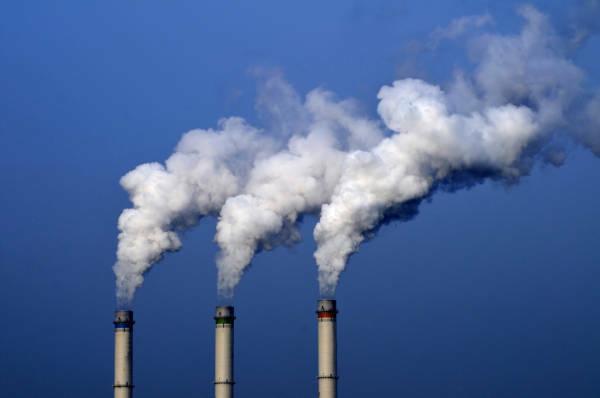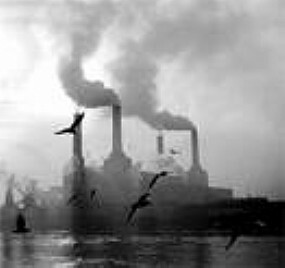O Mount Everest It is a mountain with the highest point in the world, at 8,848 meters above sea level. However, it is not the largest mountain on the planet when taken at the distance from its top to the center of the Earth, a title that belongs to Mount Chimborazo, located in Ecuador. Everest lies in the Himalayas, a mountain range located on the China-Nepal border and stretching across India, Bhutan and Pakistan.
The mountain was named Everest in 1866, before that it was known as Peak XV. The previous year, its altitude was discovered and the governor of British colonial India named it after Sir George Everest, general surveyor of India. Later, the Royal Society of Geography of England ratified the official name. However, in Nepal, its name is sgarmatha, which means “goddess of the sky”, and, in Tibet, it receives the title of Chomolungman, which means “mother of the universe”.
The emergence of Everest, as well as that of the entire Himalayan Mountains, is linked to the movement of tectonic plates, in this case, to the impact of the Asian and Indian plates. As the Indian plate – being of the continental type – is thicker and heavier, it sinks under the Asian plate. This phenomenon was responsible for the formation of the mountain range where the highest peak in the world is located. As this shock continues, Everest rises about four millimeters each year.
Do not stop now... There's more after the advertising ;)
After discovering that this mountain was the highest point on the planet, countless climbers were tempted to climb it. Thus, after many attempts and some deaths, New Zealander Edmund Hillary and Nepalese Tenzing Norgay finally managed to reach the summit, a fact that was repeated a few more times. posteriorly.
With successive conquests from the top of Everest, the mountain has become one of the most famous tourist spots in the world. About 25,000 tourists visit the site every year, most of them made up of climbers who try to climb at least part of this immense wall. Although this is considered positive for the regional economy, this activity has been causing some environmental damage for the peak.
This is because much of the vegetation around the mound has been removed, mainly for firewood production. In addition, a large amount of garbage is left in the locality, which has a very fragile ecosystem, something common in alpine regions.
In 2011, a project coordinated by a group of climbers removed about eight tons of rubbish from the mountain. The action, called “Save Everest”, was responsible for climbing 8,700 meters of the mountain and removing all kinds of found residue, mostly made up of materials used in climbing and food and camping remains. Since 1996, there has been a law in the region that requires all athletes to collect all the garbage they produce, under penalty of paying more than four thousand dollars in fines.
By Rodolfo Alves Pena
Graduated in Geography
Would you like to reference this text in a school or academic work? Look:
PENA, Rodolfo F. Alves. "Mount Everest"; Brazil School. Available in: https://brasilescola.uol.com.br/geografia/monte-everest.htm. Accessed on June 27, 2021.



